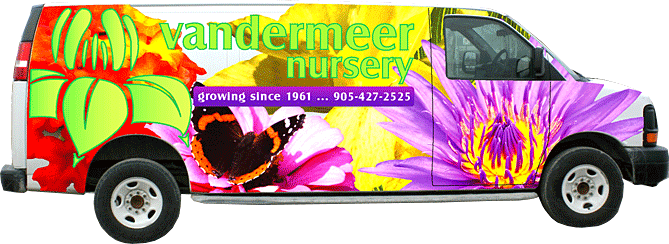VANDERMEER
PLANT LIBRARY
Find the perfect plant for your space by browsing through this extensive selection that we typically carry every year.
This library is for information purposes only.
Height: 24 inches
Spacing: 12 inches
Sunlight:
![]()
![]()
Hardiness Zone: (annual)
Other Names: Chinese Celery
Description:
A wonderful and tasty selection grown primarily for its leaves; edible leaves are a great addition to soups, stews or tossed into salads; seeds can be dried and used for seasonings; prefers part to full sun locations in garden beds or containers
Edible Qualities
Leaf Celery is an annual vegetable plant that is typically grown for its edible qualities. The fragrant lobed pinnately compound green leaves are typically harvested when mature. The leaves have a distinctive taste.
The leaves are most often used in the following ways:
- Fresh Eating
- Eating When Cooked/Prepared
- Cooking
- Drying
- Seasoning
Planting & Growing
Leaf Celery will grow to be about 24 inches tall at maturity, with a spread of 6 inches. When planted in rows, individual plants should be spaced approximately 12 inches apart. This vegetable plant is an annual, which means that it will grow for one season in your garden and then die after producing a crop. This is a self-pollinating variety, so it doesn't require a second plant nearby to set fruit.
This plant is typically grown in a designated vegetable garden. It does best in full sun to partial shade. It does best in average to evenly moist conditions, but will not tolerate standing water. It is not particular as to soil type or pH. It is quite intolerant of urban pollution, therefore inner city or urban streetside plantings are best avoided. This species is not originally from North America.
Leaf Celery is a good choice for the vegetable garden, but it is also well-suited for use in outdoor pots and containers. With its upright habit of growth, it is best suited for use as a 'thriller' in the 'spiller-thriller-filler' container combination; plant it near the center of the pot, surrounded by smaller plants and those that spill over the edges. Note that when growing plants in outdoor containers and baskets, they may require more frequent waterings than they would in the yard or garden.





